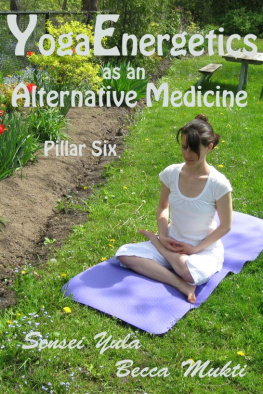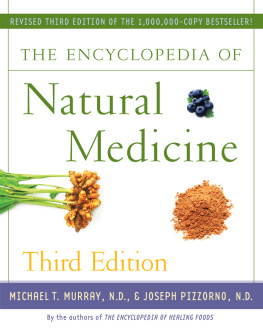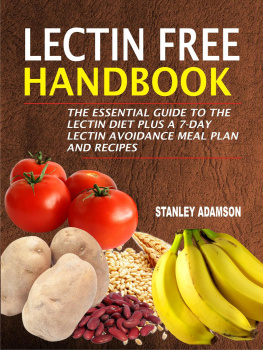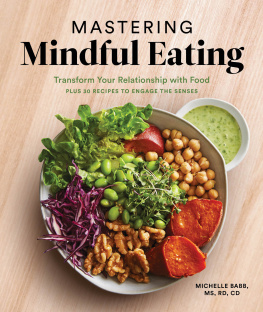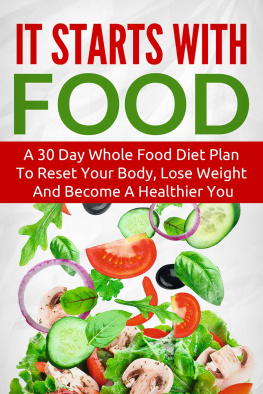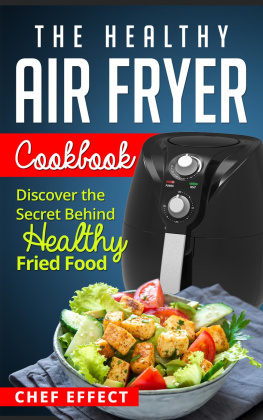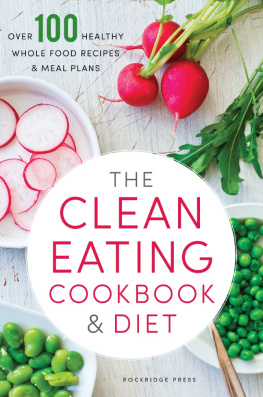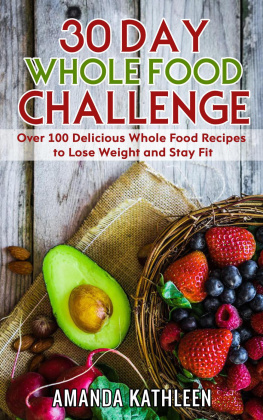TaoEating, Zen Digesting
PillarFive
Sensei Yula& Becca Mukti
Published byCentre for the Ways at Smashwords
Copyright 2013Sensei Yula and Becca Mukti
There are eightpillars in all and each is available in ebook format:
Reality and theTruth: Pillar One
The Path ofTransformation: Pillar Two
BodyPhysio-Energetics: Pillar Three
EnvironmentalRighteousness: Pillar Four
Tao Eating, ZenDigesting: Pillar Five
Yoga Energeticsas an Alternative Medicine: Pillar Six
The Tao ofIntimacy and the Ultimate Gynaecological Reality: Pillar Seven
Enlightenment:Pillar Eight
The first fourpillars are available in print at Centre for theWays .
SmashwordsEdition, License Notes
This ebook isfor your personal use only. It may not be re-sold or given away toother people. You may, however, encourage others to purchase a copyfor themselves or purchase one for them as a gift. If you arereading this ebook and did not purchase it, or it was not purchasedfor your use only, then please return it to Smashwords.com andpurchase your own copy. Thank you for respecting the hard work ofthe authors.
~~~ ~~~
This series isdedicated to humanity and Mother Earth.
~~~~ ~~~
Table ofContents
~~~~BEGIN ~~~
Growing up allthrough high school and university, I was known as a healthy andhappy young man by my teachers and fellow students. They called meAlive Man, by which they meant Happy Man inEnglish. This was so until fate caught up with me.
After I hadlanded in Canada in the early 1970s, I went to Halifax where I wasenrolled at Dalhousie University for post-graduate studies. On myfirst day, I remember walking into the university cafeteria forlunch. The smell of french fries, hamburgers and sausages beingprepared on the premises was breathtaking, particularly as whereand when I grew up those things did not exist, period.
After I hadapproached the serving counter, a beautiful young girl looked intomy eyes with a friendly smile. She filled my plate withexotic-to-me foods including slices of toasted, buttered whitebread and poured me a large glass of milk. Holy Moses, I am inheaven, I said to myself.
And then Ithought, "Moses was absolutely right! There is a heavensomewhere, and somehow I am in it! Then I started to feelsorry for Grandma Eve and Grandpa Adam because they left thisheaven for a piece of apple or a few grains of wheat or whateverforever.
Once I hadmyself convinced that I wasnt dead, and it wasnt the heaven afterdeath which two-thirds of the worlds population are waiting for,it was real life, but only I didnt know much about it, I startedto feel sad for all of my friends and relatives back home. Ipictured them eating those boring, organically-grown and whollycooked foods such as brown rice, seasonal vegetables and pot-cookedlamb. I imagined them drinking tea instead of beer and walkinginstead of driving to the local market, which was sometimes a mileaway.
My fantasylasted about 3 months then I started to experience discomfort, andmy health started to deteriorate. No problem, I said tomyself, in this wonderfully developed world I am living in withfree healthcare services, including all kinds of doctors andhospitals, what in heaven do I have to worry about?
I took ajourney to the hospital expecting a miracle. With all fairness,everybody was helpful and kind. They put me through a series offood allergy tests, but found nothing.
After a while,I became so uncomfortable that I was scared to eat anything. Thatwas when I thought to myself, I am not in heaven after all. Iam in the halfway house.
I tell youwhat the halfway house is in case you do not know. Based on somereligious beliefs, there are three places people go after they die:heaven if they are good, hell if they are bad and the halfway houseif their status is not clear. As we all know what heaven and hellare like, at least from our inherited, religious beliefspoint-of-view, I tell you about the halfway house. The halfwayhouse is a place where you see all kinds of good stuff, but cannothave any of it; like a child in a candy store with no money to buyanything.
After I hadrealized where I was, I was disappointed and did not know what todo.
Until one day,I was sitting in the cafeteria during lunch hour and not eatinganything when another student joined me. At first he thought I waswaiting for friends, so he offered to sit at another table. Once Itold him that was not the case, he asked, Why arent you eatingthen?
After I hadexplained my situation to him, he asked me where I was from, and Itold him the place of my origin. Then he said he visited the areawhen he was growing up because his father was a missionary. He thensuggested my problem was the change in my diet.
I said I knewthat by then, but did not know what to do about it since anywhere Iwent, the food was the same or similar. He told me about a nearbyhealth food store and encouraged me to go see what they had tooffer.
After classthat day, I went to the store he recommended and was shocked atwhat I saw. I said to myself, Oh, Mother Teresa, becauseit was the same kind of store selling some of the same kind offoods I grew up eating.
Eventually, Istarted to work there. After awhile, I bought the store inpartnership with my wife at the time. We managed to promote healthfood all over Halifax and ended up with five locations, including ahealth food caf, a bakery and three retail stores.
Since then Ihave never had any serious health problem, which I attribute to mypre-heaven lifestyle (before moving to Canada to be sarcastic),moderation in eating and my regular yoga and martial artspractices.
In thispillar, we do not waste your time counting calories or talkingabout refined carbohydrates, cholesterol and so forth, which are aresult of an unjustifiable greed on the part of the food and drugindustries. These industries are supported by health professionalswho generally do not have enough knowledge of real food. Instead,we provide you with information and knowledge on real food as realfood is one of the primal fountains of human life. If you rememberfrom Pillar Three, Body Physio-Energetics, the threeessential substances energy, blood and body fluids are sourcedfrom our constitutional essence that we inherit from our parentsand from the air we breathe, the fluids we drink, and the foods weeat. Based on this understanding, we present some knowledge withinour capacity on the typical foods we consume and digest to provideus with these substances so we can sustain a healthy life.
It is a factthat organic or non-commercially grown natural food is not the samequality as 50 or 60 years ago due to general pollution in the air,water and soil. In comparison to then, however, there is so muchmore food available today (both in variety and quantity) that itcompensates for the loss to some degree. At the same time, thisdegradation of our food cannot go on forever. If it does,eventually our green leafy vegetables and nice red pomegranates,unless they are dyed with chemicals, will become pale like most ofus without cosmetics.
Unfortunately,the lack of enough interest in good organic or locally grown decentfood discourages local farmers from producing it and businessesfrom shelving it. Perhaps there are two main reasons for this. Onereason is that the general public is not aware of the differencesbetween organic and non-organic food. Most people do not even knowthat commercial processing can destroy most of the nutritionalproperties of food. Adding a few synthetically-made chemicals underthe guise of nutrients is only good for meeting governmentrequirements. In fact, they have no nutritional value and cancreate more damage than good.
The secondreason for a lack of interest in natural food is that the publicperceives organic and even non-commercially-grown food as being tooexpensive in comparison to commercially-grown and processed food.There is some truth to this. The irony, though, is that some peoplewho think they cannot afford organic or natural food are usuallyaddicted to vitamin pills and supplements. Sometimes the pills andsupplements cost a lot more than the difference between organic andnon-organic food. In fact, even cutting out potato chips, pop orfake juice drinks can compensate for the seemingly extra cost ofnatural food. Furthermore, organic or natural, unprocessed food isnot really more expensive than processed food because a person doesnot need to consume as much to be satisfied or to acquire thenutrients needed to maintain good health.
Next page

